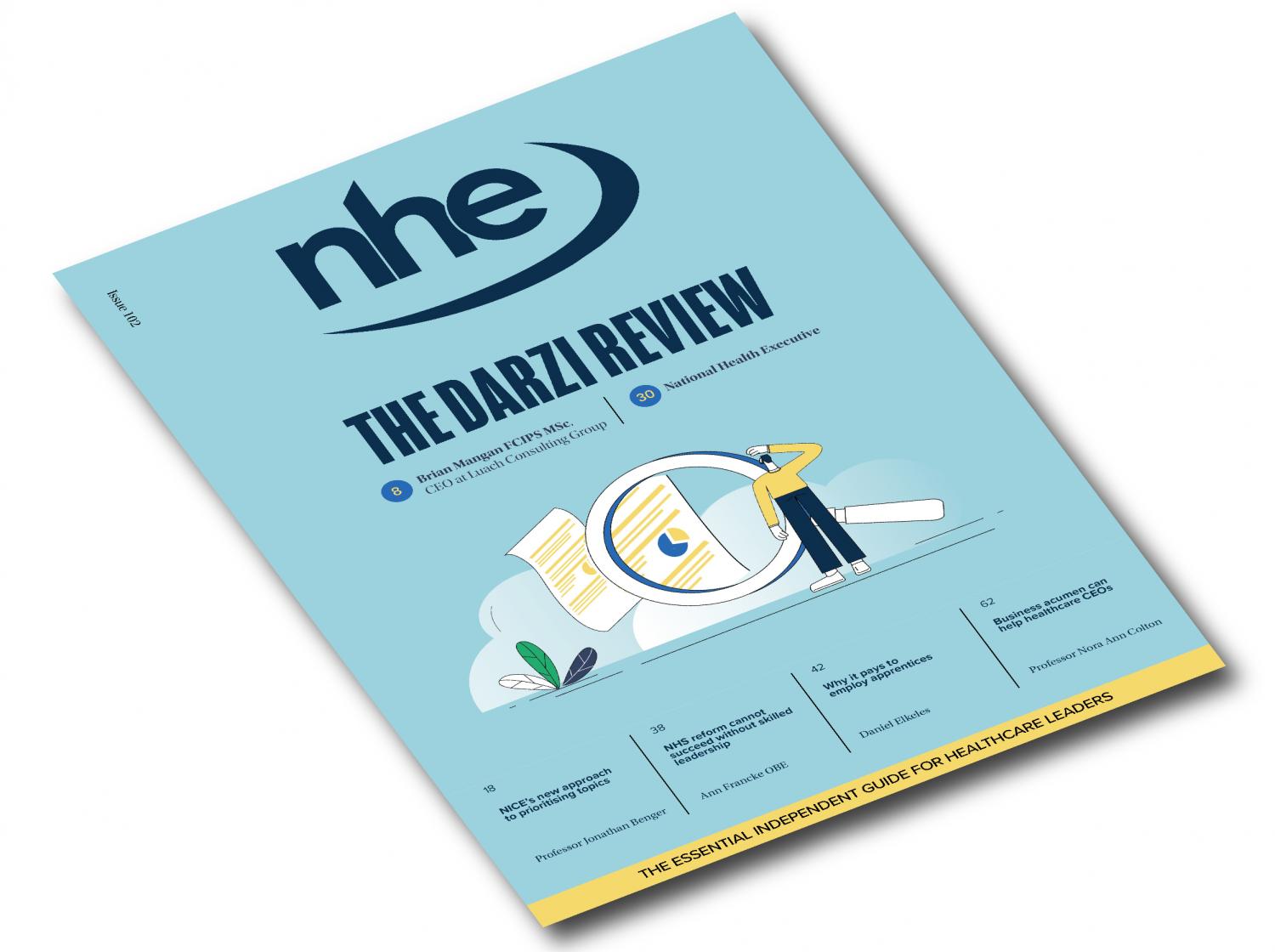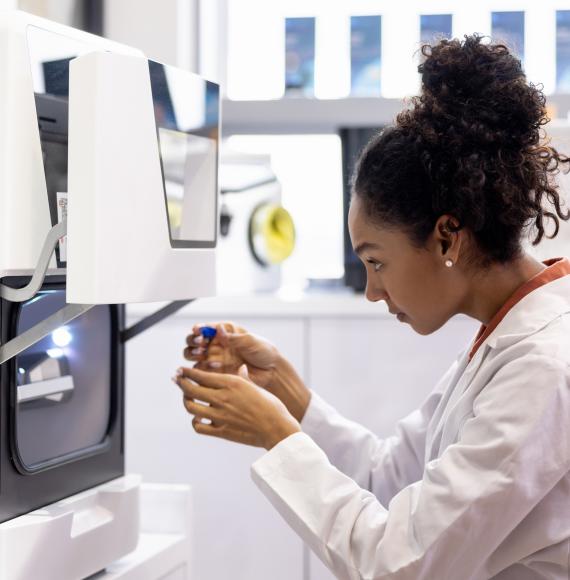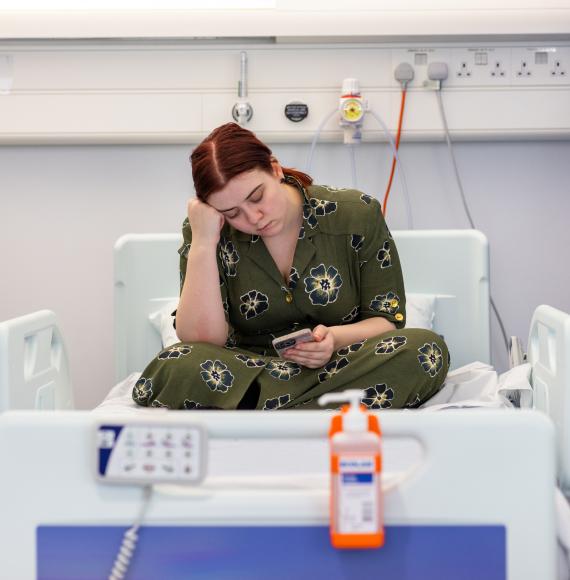Researchers have found a quicker way to detect heart conditions by combining two state-of-the-art scanning techniques, Barts Health NHS Trust has announced.
For the research, healthcare professionals from Barts Health, University College London (UCL) and the University of Leeds analysed a cohort of people with hypertrophic cardiomyopathy (HCM) and those at risk of developing the condition due the their genes alongside a group of healthy volunteers.
The team found that by deploying both techniques at the same time – cardiac diffusion tensor imaging and cardiac MRI perfusion – those with signs of HCM had a high rate and severity of microvascular disease compared to their healthy counterparts. The organisation of their heart muscle cells was also abnormal.
This was also true for those with HCM-causing genetics – the researchers found that more than one in four (28%) had defects in their blood supply, enabling doctors to more precisely pinpoint early signs of disease development.
James Moon, a professor at UCL and a consultant cardiologist; Dr Luis Lopes, an associate professor and a consultant cardiologist; alongside Dr George Joy, clinical research fellow at Barts Health and UCL, led the study.
Affecting approximately one in 500 people in the UK, HCM is an inherited condition that is a leading cause of heart failure.
When a person has HCM, their heart muscle cells become enlarged along with their heart chambers thickening, ultimately inhibiting how well the heart can pump blood around the body.
By detecting it earlier, the NHS can improve the condition’s treatment and subsequently save lives.
“We now want to see if we can use these scans to identify which patients without symptoms or heart muscle thickening are most at risk of developing severe HCM and its life-changing complications,” added Dr Joy.
“The information provided from scans could therefore help doctors make better decisions on how best to care for each patient.”
The research was published in the journal Circulation.
Image credit: iStock



















